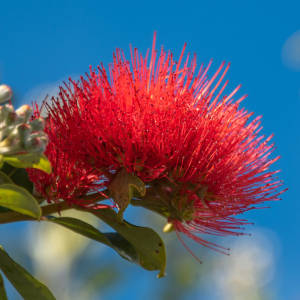Splendours of Spring
I had to go and get a birthday present for a lovely girl who turns 12 next week and get it sent away to Canada. On my way home I stopped off and had a walk around Mona Vale gardens. The last time I was there was in Autumn. Today was sunny but there was such a strong cold wind blowing and it was hard to get a good shots of the lovely spring flowers as they were being blown sideways!
I think this crocus may be called 'Chrysanthus Aubade'. Someone may enlighten me if I am not correct.
History of the Crocus (Saffron)
There are several bulbs which were cultivated by man longer than the tulip. One such bulb was the lavender-flowered, fall-blooming crocus (C. sativus), not to be confused with the poisonous autumn crocus (Colchicum spcs). This was a highly-prized flower rather than an edible root, but it wasn't grown because the flower was so beautiful. It was grown because the flower produced saffron, which was very valuable in the ancient world, which was used as a spice, a dye, a medicine, and also in perfumes. In medicine, it was said to get rid of back-ache and even paralysis, oddly though it was only thought to work on paralysis of the right side of the body.
The people best known as growers of this bulb were the Minoans. These people traded saffron throughout the eastern 3/4 of the Mediterranean, and they had done it since 1550 BC at the latest, as evidenced by a vase-painting from that date. The Minoans grew it throughout its range in the Aegean Sea and the parts of Asia Minor which they controlled. It was produced by crushing the dried stigmas of the flower for the powder. The stigma is the female part of the flower which is surrounded by the male stamens.
Saffron was so valuable that a few handfuls of bulbs was all that was needed to secure a loan. If you find it hard to believe that saffron could be so expensive, it might help to understand that it takes 4,000 flowers to produce an ounce of powder.
Though the producing nations tried to keep it from spreading to other nations, it still managed to. By the time of Pliny the Elder (1 AD), it had become an important crop on Sicily. One book tells me it was one of the bulbs brought by the Romans to England. Another book tells me the story of how it got to England was by being smuggled inside a hollowed out staff by an Algerian pilgrim at the time of the Crusades, which sounds much like the story of how the silk moth got to the Byzantine Empire. This second book, however, mentioned that there were other stories written about it. Whichever story you believe, it grew well in Essex and Saffron Walden eventually became the biggest dye center in Europe.
For more Information on the Crocus.

Comments
Sign in or get an account to comment.


